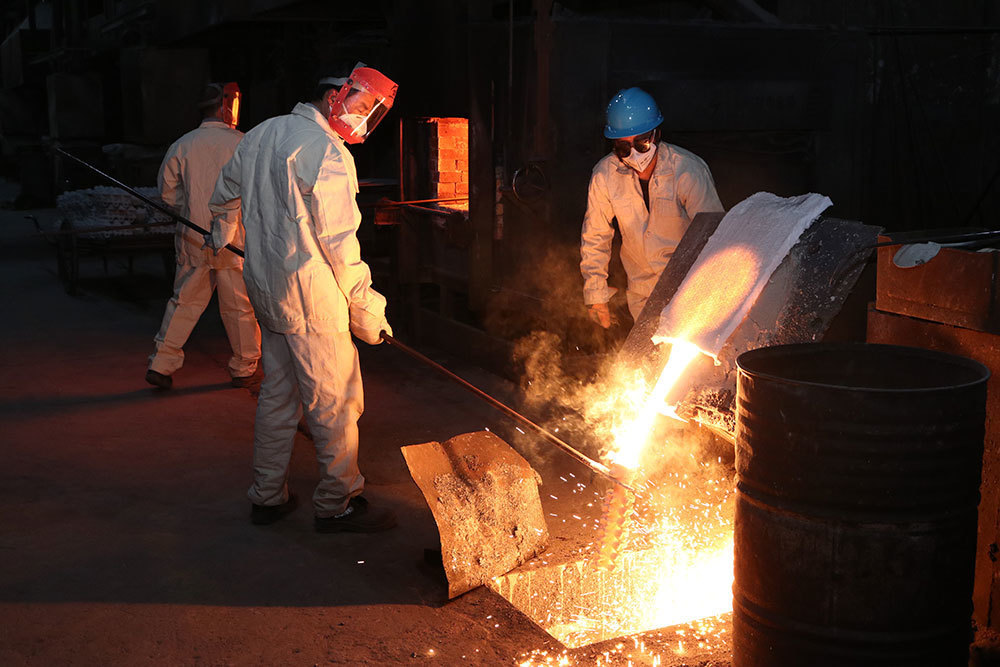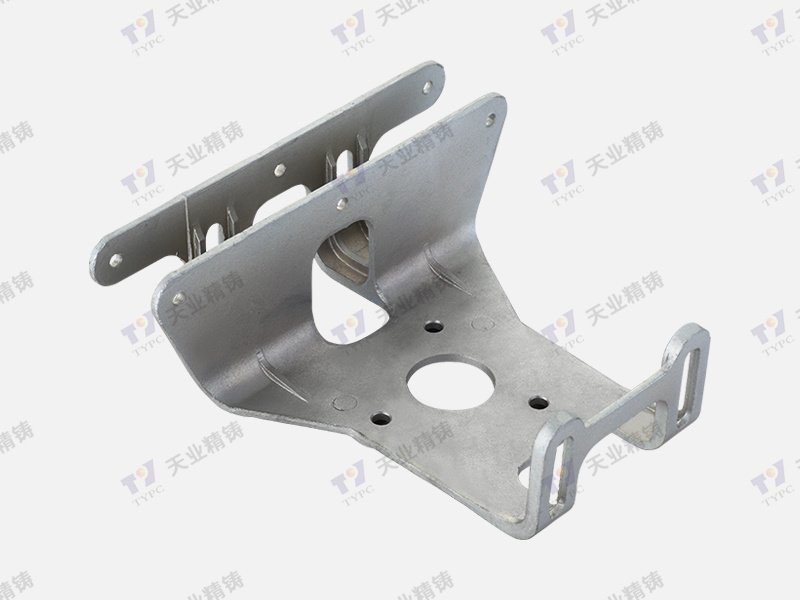2025-03-30
How to Extend the Lifespan of Your Auto Parts Gearbox with Proper Care
How to Extend the Lifespan of Your Auto Parts Gearbox with Proper Care
Auto parts gearboxes play a crucial role in the overall functionality of vehicles, ensuring smooth transmission of power from the engine to the wheels. Given their importance, extending the lifespan of your gearbox not only enhances your vehicle's performance but also saves you from costly repairs and replacements. In this comprehensive guide, we will explore how to properly care for your auto parts gearbox, including maintenance tips, lubrication techniques, and common mistakes to avoid.
Table of Contents
- Understanding Gearboxes: The Heart of Your Vehicle
- The Importance of Regular Maintenance for Gearboxes
- Routine Inspections: Catching Issues Early
- Proper Lubrication: Key to Gearbox Longevity
- Cooling Systems: Keeping Your Gearbox Cool
- Fluid Replacement: When and How to Change Gearbox Oil
- Driving Habits: How Your Driving Style Affects Gearbox Health
- Common Mistakes to Avoid in Gearbox Maintenance
- Conclusion: Protecting Your Gearbox Investment
- FAQs: Your Gearbox Care Questions Answered
Understanding Gearboxes: The Heart of Your Vehicle
Gearboxes, often referred to as transmission systems, are essential for the proper operation of an automobile. They facilitate the transfer of engine power to the wheels, allowing the vehicle to accelerate and maintain speed efficiently. Understanding how your gearbox works can aid in better maintenance practices, ultimately extending its lifespan.
The Components of a Gearbox
A typical gearbox consists of several key components, including:
- Gears: These are the fundamental parts that transfer power and determine the speed and torque ratios.
- Shafts: They connect different parts, allowing for the transfer of motion between gears.
- Bearings: These reduce friction between moving parts, enhancing performance and reducing wear.
- Seals: These prevent oil leaks, crucial for maintaining lubrication and gearbox integrity.
The Importance of Regular Maintenance for Gearboxes
Regular maintenance is vital for ensuring the longevity and efficiency of your gearbox. Neglecting routine care can lead to significant issues, including gear slippage, overheating, and ultimately gearbox failure. Implementing a structured maintenance plan can help to identify potential problems before they escalate, saving time and money in the long run.
Benefits of Regular Maintenance
- Increased Efficiency: A well-maintained gearbox operates smoothly, enhancing overall vehicle performance.
- Cost Savings: Preventive maintenance reduces the likelihood of costly repairs or replacements.
- Improved Safety: A functioning gearbox contributes to safe driving conditions, minimizing the risk of accidents.
Routine Inspections: Catching Issues Early
Conducting routine inspections of your gearbox can help catch potential issues early, preventing more significant complications down the line. Here are some effective inspection strategies:
Visual Checks
Regularly inspect the exterior of your gearbox for any signs of wear, such as:
- Cracks or leaks in seals and casing
- Unusual stains or fluid puddles under the vehicle
- Corrosion or rust on metal components
Fluid Level and Condition
Checking the fluid level and condition is crucial. Low or dirty fluid can lead to increased friction and overheating. Ensure you:
- Check fluid levels regularly and top up as necessary.
- Inspect fluid for color, consistency, and odor—all indicators of its condition.
Proper Lubrication: Key to Gearbox Longevity
Lubrication is one of the most critical aspects of gearbox maintenance. Proper lubrication minimizes friction between moving parts, reducing wear and heat buildup.
Choosing the Right Lubricant
Select a lubricant that meets the manufacturer's specifications. This includes considering factors such as:
- Viscosity rating
- Type of lubricant (synthetic vs. conventional)
- Additives that enhance performance and protection
Lubrication Schedule
Adhere to a regular lubrication schedule based on your vehicle’s usage and manufacturer recommendations. This often includes changing the lubricant during routine oil changes or according to mileage.
Cooling Systems: Keeping Your Gearbox Cool
Overheating can severely damage your gearbox. Therefore, ensuring that your cooling system is functioning correctly is essential.
Cooling System Maintenance
Regularly check your vehicle's cooling system, including:
- Radiator functionality
- Coolant levels and condition
- Hoses and connections for leaks or wear
Signs of Overheating
Be vigilant for signs of overheating, such as:
- Unusual smells or smoke
- Warning lights on the dashboard
- Decreased performance or responsiveness
Fluid Replacement: When and How to Change Gearbox Oil
Changing the gearbox oil is a vital task that should not be neglected. Over time, the lubricant can break down, losing its effectiveness.
When to Change Gearbox Oil
Refer to your vehicle's owner's manual for specific recommendations on oil change intervals. Generally, it's advisable to change the oil every 30,000 to 60,000 miles or as advised based on driving conditions.
The Replacement Process
Follow these steps for an effective fluid replacement:
- Warm up the vehicle slightly to allow the fluid to drain more easily.
- Locate the gearbox drain plug and remove it to drain old fluid into a suitable container.
- Replace the drain plug and refill with fresh oil through the designated fill port.
- Check the fluid level and ensure it meets the manufacturer’s specifications.
Driving Habits: How Your Driving Style Affects Gearbox Health
Your driving habits significantly influence gearbox longevity. Adopting better driving practices can contribute positively to your gearbox's lifespan.
Gentle Acceleration and Deceleration
Sudden starts and stops can put excessive strain on your gearbox. Practice smooth acceleration and deceleration to reduce wear.
Avoiding Overloading
Exceeding the vehicle's load capacity can lead to overheating and increased stress on the gearbox. Always adhere to the manufacturer's weight recommendations.
Regularly Using Higher Gears
Operating in the highest gear possible reduces engine RPM and lessens the load on the gearbox, promoting longevity.
Common Mistakes to Avoid in Gearbox Maintenance
Being aware of common pitfalls can help you maintain your gearbox more effectively. Here are some mistakes to avoid:
Neglecting Regular Maintenance
Overlooking routine checks and maintenance can lead to significant issues. Create a maintenance schedule and stick to it.
Using the Wrong Lubricant
Always refer to your owner's manual to ensure you use the correct lubricant type and viscosity. Using the wrong product can result in inadequate protection.
Ignoring Warning Signs
Pay attention to unusual sounds, smells, or performance issues. Addressing these early can prevent costly repairs.
Conclusion: Protecting Your Gearbox Investment
Extending the lifespan of your auto parts gearbox requires diligence, proper care, and a proactive maintenance approach. By understanding the components, implementing regular inspections, and following best practices for lubrication and driving habits, you can significantly enhance your gearbox's performance. Invest in routine maintenance and be attentive to any warning signs to ensure that your gearbox serves you reliably for years to come.
FAQs: Your Gearbox Care Questions Answered
1. How often should I check my gearbox fluid levels?
It’s recommended to check your gearbox fluid levels every few months or during regular oil changes, depending on usage.
2. What are the signs of a failing gearbox?
Signs may include unusual noises, difficulty shifting gears, fluid leaks, and warning lights on the dashboard.
3. Can I use any lubricant for my gearbox?
No, always use the lubricant specified in your owner's manual to avoid damaging components.
4. How long does a gearbox typically last?
With proper care, a gearbox can last anywhere from 150,000 to 300,000 miles.
5. Is professional maintenance necessary?
While routine checks can be done at home, professional maintenance is recommended for more in-depth inspections and repairs.









